

How to Install Teraflex 1 In. Rear Guide & Spacer-Individual on your 2007-2013 Wrangler

Shop Parts in this Guide
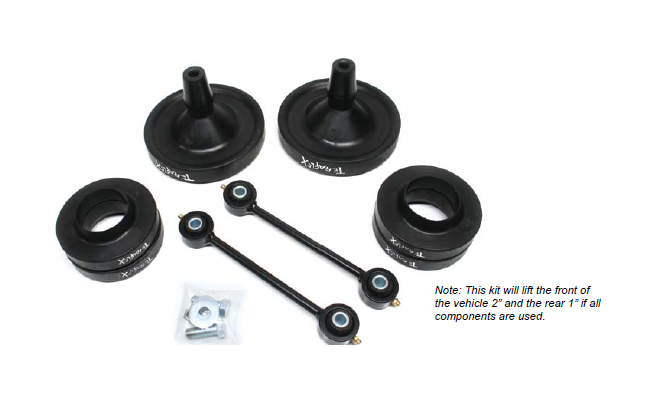
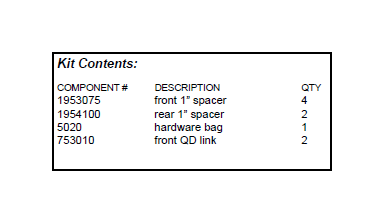
INSTRUCTIONS:
1. Support the vehicle by the frame with jack stands.
2. Support the front axle with a floor jack.
3. Remove the front lower shock bolts (18mm socket or wrench).
4. Remove the front swaybar links (18mm socket and 19mm wrench).
5. Carefully lower the front axle, allowing the axle to droop as much as possible.
6. Remove the front springs.
7. Remove the factory spring isolators.
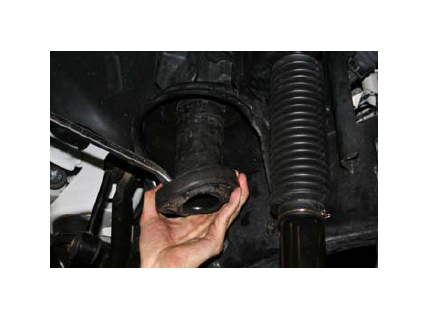
8. Install the new Teraflex spring spacers (if you would like to retain the factory front rake install 1 per side) this kit uses 2 per side for leveling out the factory rake.
9. Reinstall the factory spring isolators.
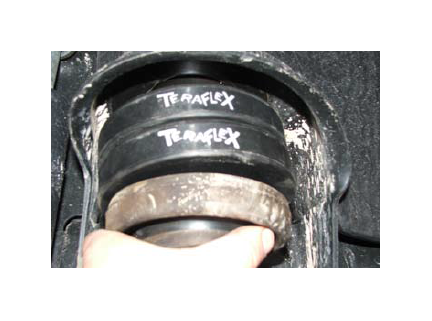
10. Reinstall front springs.
11. Lift the front axle and install the front shock bolts.
12. Install new Teraflex front swaybar links that are included in the kit.
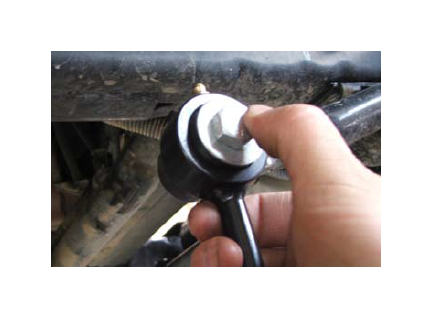
13. Support the rear axle
14. Remove rear lower shock bolts (18mm socket or wrench)
15. Carefully lower the rear axle, allowing the axle to droop as much as possible.
16. Remove the rear springs
17. Install Teraflex 1” spring spacers

18. Reinstall factory isolator
19. Reinstall factory springs
20. Reinstall factory shock bolts
NOTE: You must properly align the vehicle before driving. Re-torque all nuts and bolts after 300 miles. Depending on wheel & tire choice, some rubbing may occur at full droop or compression. Wheel spacers or aftermarket wheels may be required to solve this problem.
MAINTENANCE INFORMATION:
It is the buyer’s responsibility to have all suspension, drivetrain, steering, and other components checked for proper tightness and torque after the first 100 miles and every 3000 miles after that.
NOTICE TO INSTALLER:
The enclosed “Warning to Driver” sticker must be installed in the vehicle in driver’s view. This sticker is to act as a constant safety reminder when operating the vehicle. It is your responsibility as the equipment installer to install the provided sticker and to forward the product instructions to the vehicle’s owner for review. If a “Warning to Driver” sticker or product installation guide were not included in the kit, free replacement stickers and instructions are available by request. It is the installer’s duty to ensure a safe and controllable vehicle after the modifications have been performed.
WARNING:
Neither the seller nor the manufacturer will be liable for any loss, damage, or injury directly or indirectly arising from the use of or inability to determine the use of these products. Before using, the user shall determine the suitability of the products for its intended use, and the user shall assume all responsibility and risk in connection therewith.
WARNING TO DRIVER:
This vehicle has been modified to enhance off road performance and has unique handling characteristics. Because of the higher center of gravity and larger tires, this vehicle handles and reacts differently than many passenger cars, both on and off road. You must drive it safely! Extreme care should be taken to prevent vehicle rollover or loss of control, which can result in serious injury or death. Avoid sudden sharp turns or abrupt maneuvers. Generally, braking performance and capabilities are decreased when significantly larger/heavier tires are used, especially when used in combination with transfer case low-range reduction kits. Take this into consideration while driving. Do not add, alter or fabricate any factory or aftermarket parts to increase vehicle height over the intended height of the TeraFlex Inc. product purchased. Mixing component brand is not recommended. TeraFlex Inc. will not be responsible for any altered product or any improper installation or use of our products. We will be happy to answer any questions concerning the design, function, and correct use of our products. It is ultimately the buyer’s responsibility to have all bolts/nuts checked for tightness after the first 100 miles and then every 3000 miles after that. Wheel alignment, steering system, suspension and drive line systems must be inspected by a qualified professional mechanic at least every 3000 miles.

